Understanding Microbrands
This edition of Watchcology is going to be fairly inside baseball. Let’s talk about the dreaded term: “Microbrand.” There’s a whole lot of controversy that surrounds this term. Now, to the uninitiated, this term seems very benign, and that’s probably the best way to continue to think of it. It’s not something that brands plaster on their marketing materials; it’s something that the watch community uses to label certain brands that are not the “major brands.”
Industry Perspectives on Microbrands
The thought process for this piece started with a poll. I asked the WatchCrunch App community what their preference was between microbrands and major brands. The split was about 70% preferring the big-name brands. It was a little surprising to me because there’s a drastic price difference between most of the big names and the microbrands out there. I say most because once you cross into the brands that have much more favorable vernacular, “Independent.” More on that in a bit.
On The Real Time Show (TRTS) podcast a few weeks ago, Alon Ben Joseph and Rob Nudds had a conversation with Circula’s CEO, Cornelius Huber. Towards the end of the conversation, the topic of how to define “microbrand” came up. Mr. Huber’s definition was fairly unique. He defined a microbrand as one that was reliant on the CEO. If a brand is totally reliant on a single individual or personality, then they are thus micro and not independent. Rob added his definition and differentiated between small independents, large independents, microbrands, and group brands (think Swatch or Richemont). Rob added that, in his opinion, microbrands have derivative designs, often trying to make something unique but with a clear inspiration.
Community Insights and Definitions
In further discussion with folks on the A Blog to Watch chat, members stated that the definition of a microbrand was further refined as a label for newer brands whose primary sales are online and deliberately foster an online community. Another hot take was that the term is really one with a more negative implication by larger competitors who are trying to downplay the significance of the competition. Ultimately, the conversation landed on an agreement that any attempt to make a brand sound affordable is really going to be interpreted as “cheap,” thus diminishing the impact that a brand may have. Though it’s tough to argue that there’s an awful lot of Invictas out there in the market, so affordable isn’t a negative to everyone. (Special thanks to Pete and Roman on ABTW!)
Examples of Microbrands and Their Evolution
A couple of examples that were used were those of Christopher Ward, often considered a microbrand, though as they grow, they are turning into a larger entity and often are referred to as an independent watch brand. Their watch descriptions do often make the connection that they are heavily influenced by other watches that came before them, so I can see where the microbrand moniker is still likely a viable one. Then there’s Bremont, who recently transitioned to a new CEO and new design language for some of their pieces. They would likely fall into a similar definition as Christopher Ward given their prices, marketing, etc., but often they’re thought of as an independent brand. CW and Bremont are likely pretty close in terms of production, though pricing is still higher, and Bremont has a Wing for crying out loud.
More willing participants in this forced discussion hailed from the TRTS Network and were immensely helpful, as were Alon and Rob (hosts of TRTS) who jumped in to help with their takes on the matter. Rob added that for him it’s about originality (which gets to the heart of his comments in the Circula interview). Small, online-only brands that echo existing design language and prioritize affordability over creativity are microbrands in his experience. Brands like AnOrdain, Schofield, Straum, and Arconaut would not qualify as microbrands with his definition. He similarly mentioned that Roger Smith is also not a microbrand, and I, too, believe there are several independent brands that are not micro by Rob’s definition but really do qualify as higher-end small production independents. It’s about vision, he adds. (Special thanks to Leopold, Lawrence, Brad, Warky, Oli, Jason, and Max for helping with the conversation.)
Another view would be that brands that source their materials primarily from Asia or are assembling pieces from parts that are not their own would also likely fall into the definition of “microbrand,” though this is where waters may get a bit murky as there are Asian watch brands that have a more independent feel - think Atelier Wen, but with the level of proprietary work that goes into their pieces, they’re much more independent than “micro.”
The Debate on Affordability and Perception
You can start to see why there’s no hard and fast rule. It’s strongly up to the opinion of the buyer. I tend to agree, though, with the sentiment that Rob Nudds used; derivatives of other brands are more likely to be considered micro, and the term is not overly kind to the brands that it’s most closely associated with. It’s a marketing term after all, and let’s face it - micro isn’t usually something that’s all that positive when describing things that we love. Right?!?
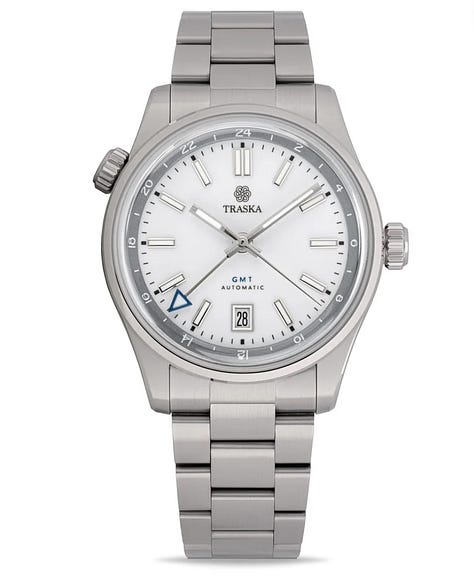
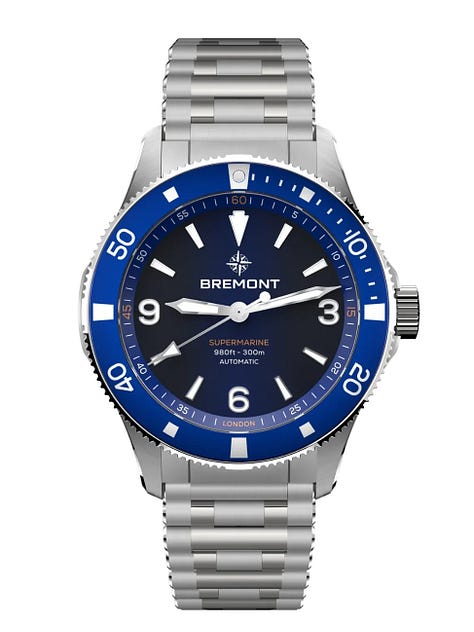
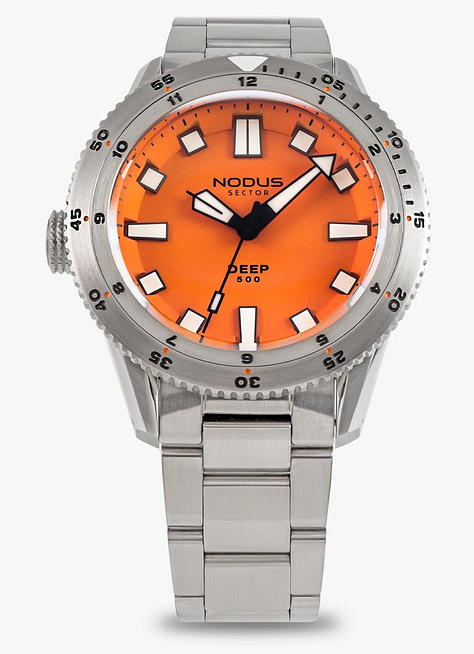

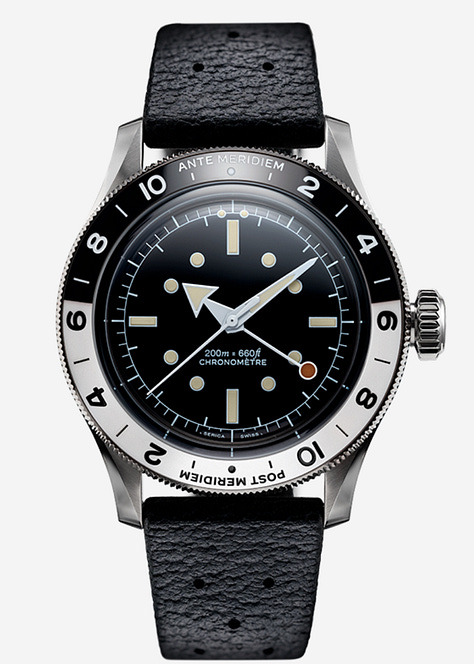

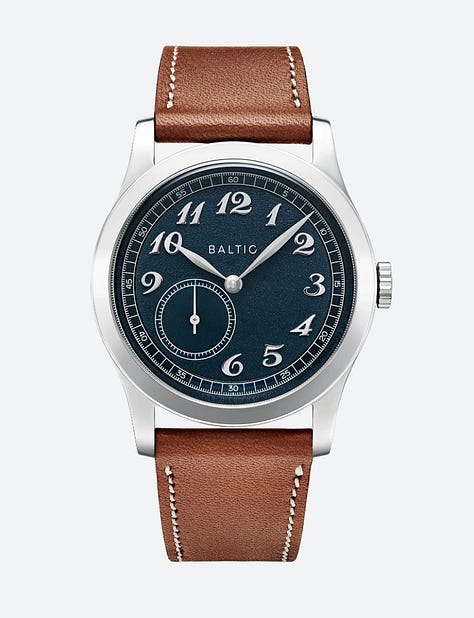
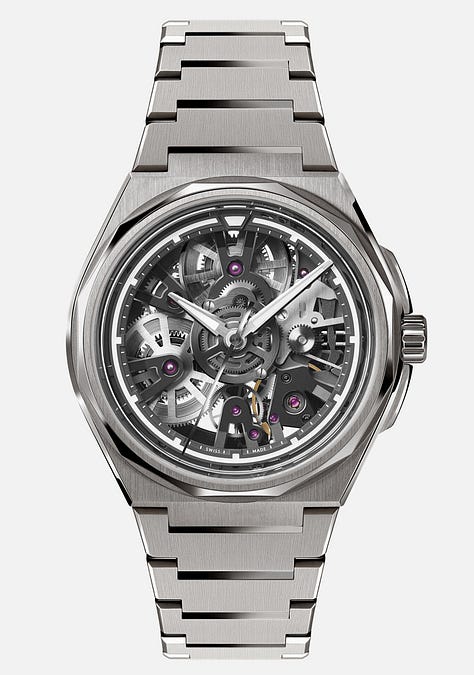

So, a few brands that get thrown in the mix that may or may not have been mentioned so far include:
• Christopher Ward
• Traska
• Bremont
• Brew
• Baltic
• AnOrdain
• Nodus
• Serica
• Oak & Oscar
• Studio Underd0g
• Zelos,And many, many more
I’m certainly not agreeing that all of these brands are microbrands. They all show up on lists like the one Mr. Teddy Baldassarre put together on the subject with an article found here. Teddy will be the first to tell you it’s a little grey as to whether or not a brand meets some definition.
Other key characteristics might include:
• Independent ownership (a good place to start, though it puts us back in the conundrum that was mentioned at the start. Can the CEO/founder leave and the brand still exist? Or are they part of a mega conglomerate?)
• Direct-to-consumer sales
• Heavy community engagement
• Often more affordable (whatever that means in watches these days… also, a great way to be offensive - beyond calling a brand micro, is to be considered affordable but cost $5,000).
Microbrands are often beloved. Look at Studio Underd0g. They probably meet a definition of microbrand in that they are reliant on their CEO, they have a fairly common movement, but they have a unique art to their dials. While they are nimble and just sold a heck of a lot of watches in a single day, they likely still meet the traditional definition of microbrand. The devotees to Studio Underd0g and Richard Benc (pronounced like “Fence”) are dedicated and love the brand and watches. I count myself amongst them.
The Future of Microbrands
I think the reason I started down this particular rabbit hole was because I kept hearing people use the term in articles and on podcasts and then apologizing for using it because they felt that the term was offensive to brands. I tend to be of the mindset that if your brand wants to be called independent, then I’m happy to oblige and use that term. I’m not in the industry as a brand owner. I don’t have a negative reaction when I hear the term, though I appreciate that the term has perhaps become more negative over time or maybe was started by the big brands in an attempt to marginalize all of the start-ups that were setting off around the early 2000s. It makes sense.
I harken back to the poll I put out at the start of this piece. Most people still want the big brands, but if you can get a lot of watch below $1,000 (still a lot of money for most regular people), then why not give some of these awesome independent brands (small, medium, large) a shot! There are independents at the other end of the cost spectrum, and they too make some incredible pieces, but that’s for another article.
For me, it’s interesting to learn more about how marketing in the watch world works. That’s what intrigues me about this topic. I again reiterate, this is definitely in the weeds for many, but I assume if you’ve made it this far you’re like me and can think through this marketing conundrum.
Thanks for reading this edition of Watchcology!
- Adam
**Photos (aside from the Lorier photo (that’s mine!) are from the brand’s websites**




Nice essay - I think the mistake people make in trying to define "microbrand" is to start with the idea of a microbrand in theory and then find examples that match. My approach is the opposite - find EVERY brand widely held to be a "microbrand" and then distill whats common in those brands. Chip away all the edges, find the common core and thats a microbrand in 2024.